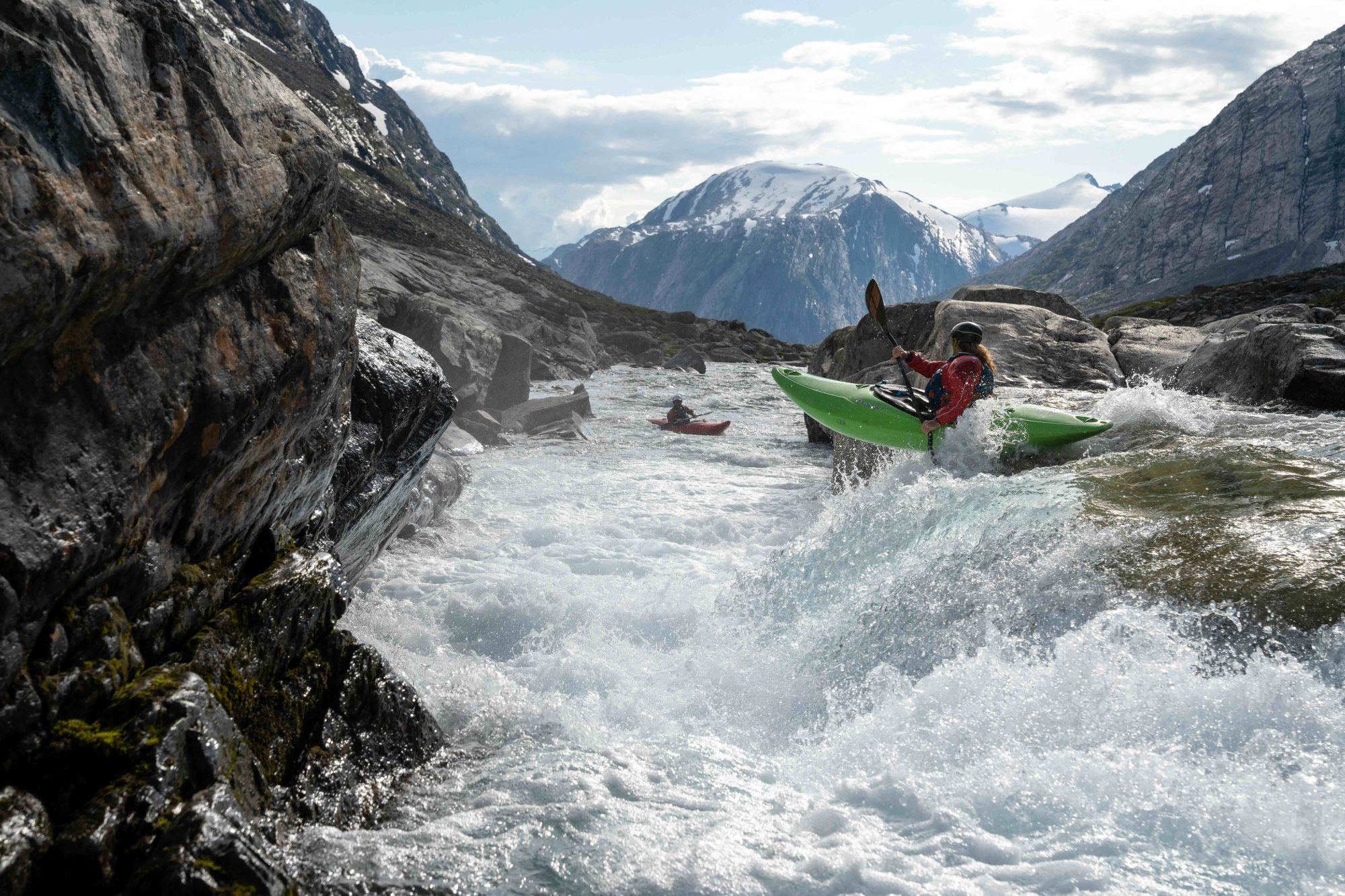In a historic and deeply concerning move, Norway’s Parliament has officially removed protections from approximately 390 rivers, paving the way for future hydropower development. These rivers, which have been safeguarded for the last fifty years, were some of the last truly wild, free-flowing waterways in Europe. Now, they are vulnerable to exploitation.
This decision was fast-tracked with minimal public consultation, no environmental impact assessments and no serious debate about its long-term consequences. It comes just two years after Norway endorsed the Kunming-Montreal Global Biodiversity Framework, which committed to protecting 30% of its land and water by 2030.
Which rivers have lost protection?
The full list of affected rivers is not yet publicly available, but environmental organisations are working to compile it. Major rivers that paddlers might be familiar with are the Sjoa, Raundalselva, Vefsna, Gaula and Rauma. Essentially, every free-flowing river in Norway is now at higher risk.
What happened in Parliament?
The removal of protections was proposed by the Standing Committee on Energy and the Environment and passed with broad cross-party support, except for a few smaller opposition parties. The decision was fast-tracked, with no formal hearings or expert reviews and barely enough time for the public to respond.
Arguments in favour of repeal
- Energy needs. Proponents argued that increasing hydropower production would help keep energy prices down in Norway and meet growing European energy demands, despite Norway already being self-sufficient in electricity.
- Equal treatment of rivers. The committee claimed that protected rivers should no longer be treated differently, advocating for a policy where all rivers are evaluated the same way for potential hydropower development.
- Economic growth and jobs. Supporters also emphasized the potential for job creation and local economic benefits from new hydropower projects.
- Flood prevention. A central argument in favor of the repeal was that hydropower projects could be granted in areas where flood mitigation would benefit local communities. This raises suspicions, however, as flood control was already part of the law—something the Raundalselva community has been fighting against for years. The community has long been concerned about this loophole, and their resistance to hydropower development predates this week’s vote.
Arguments against repeal
- Incremental destruction of nature. This isn’t just about 390 rivers; it’s part of a broader trend where, after exploiting most of Norway’s rivers, the government is now turning to the last untouched ones. Once a protection is removed, it rarely returns.
- Hydropower’s devastating impact. Hydropower isn’t as ‘green’ as claimed. It disrupts ecosystems, dries out riverbeds, blocks fish migration, and destroys entire food chains. Once altered, these ecosystems may never recover.
- Norway’s energy prices are already among the cheapest. Norway already enjoys some of the lowest electricity prices in the world. This move isn’t about affordability, it’s about exporting more electricity to Europe at the expense of Norway’s natural heritage.
- Violation of conservation commitments. Norway’s decision undermines its international commitments, especially the Kunming-Montreal Global Biodiversity Framework, which commits to protecting 30% of nature by 2030.
- Loss of natural spaces. These rivers are more than energy sources; they are part of Norway’s heritage, providing space for recreation, supporting local communities, and holding cultural significance, particularly for the Sámi people. Once dammed, these rivers will never be the same.
Despite these concerns, the repeal passed with little resistance, as major parties supported the policy shift.
What happens next?
With protections removed, hydropower companies can now propose projects on any of the previously protected rivers. While not every river will be dammed immediately, this decision opens the door for energy companies to explore these waterways for hydropower potential in the coming years.
In the short term, companies will likely target rivers with the highest energy potential. While environmental impact assessments will still be required, relaxed regulatory controls may streamline approval processes. Smaller-scale projects might be the first to emerge, and local communities and environmental groups may push back, but the legal framework has shifted in favour of hydropower expansion, making resistance harder to sustain.
Legal and political challenges
Although the repeal has passed, there are still potential legal challenges. Norway is bound by the European Economic Area (EEA) agreement, which requires compliance with key EU environmental laws. Hydropower projects that contravene water and habitat protections could be challenged through the EEA framework. Additionally, Indigenous rights, particularly those of the Sámi people, could become a key point of contention.
Ultimately, the future of Norway’s protected rivers depends on how developers proceed, the actions taken by environmental groups, and whether legal challenges can delay or halt projects. As the situation unfolds, expect growing debate and resistance, and potential actions from international bodies addressing the long-term consequences of this policy shift.
Want to help?
If you want to help, the best thing you can do is join the fight by signing up to the newsletter at https://raundalselva.com/en/
We won’t bombard you with spam mail, just reach out when it is time to act.
Tussen takk.
